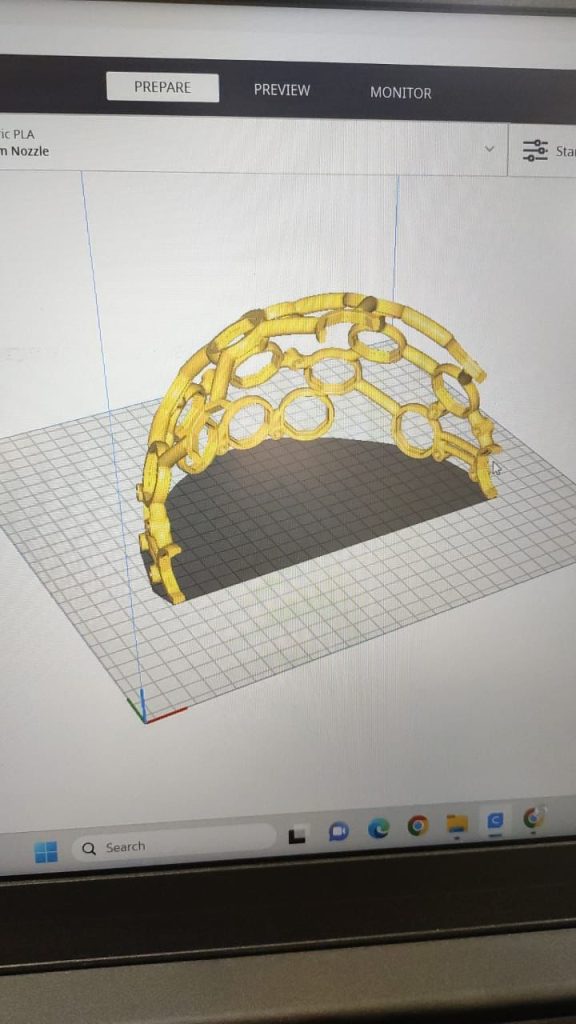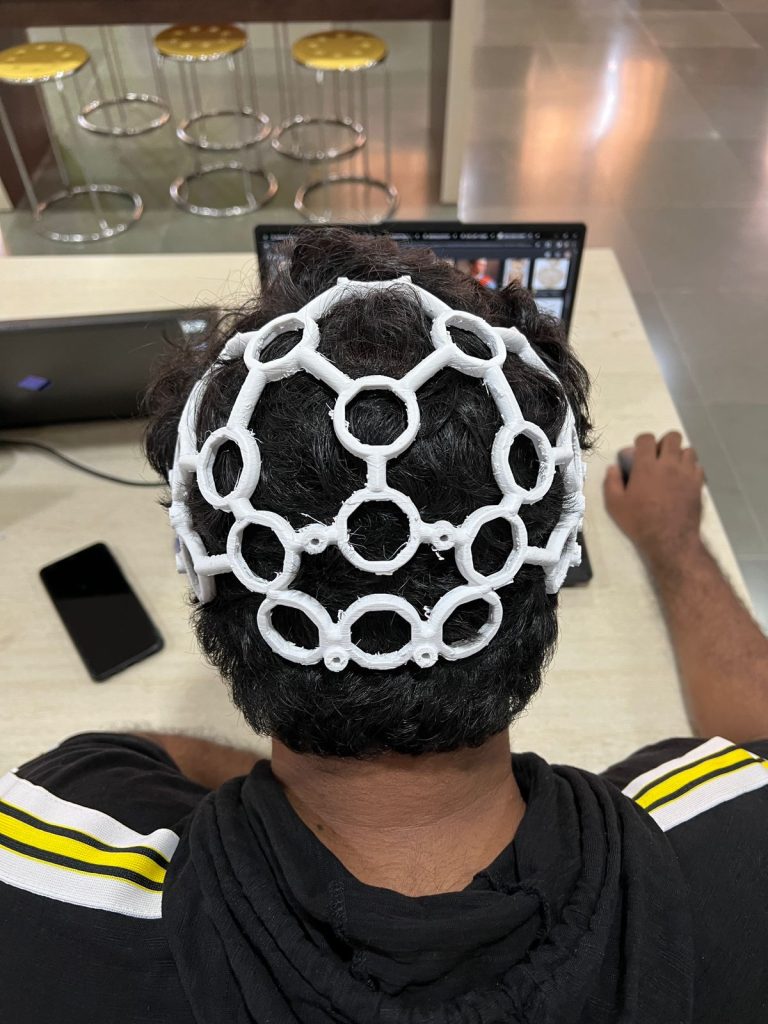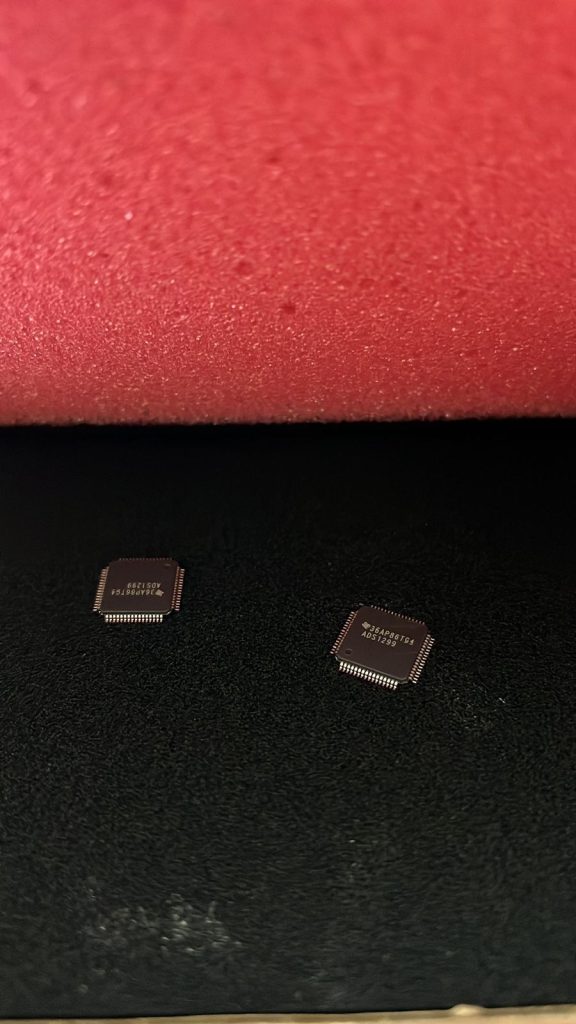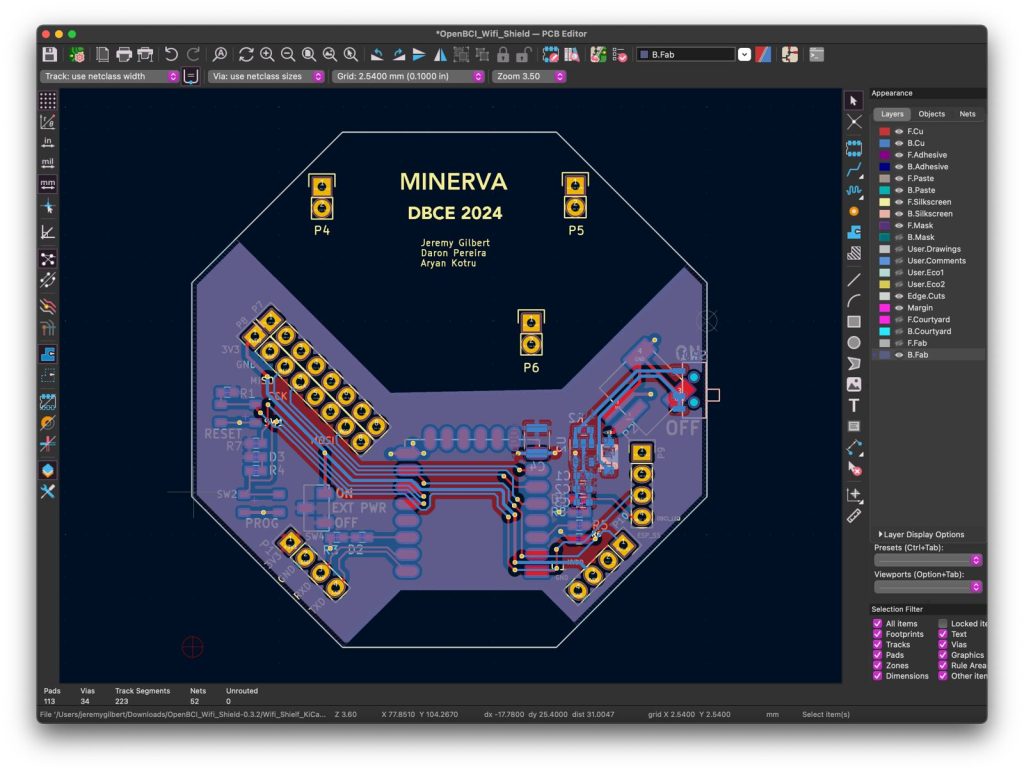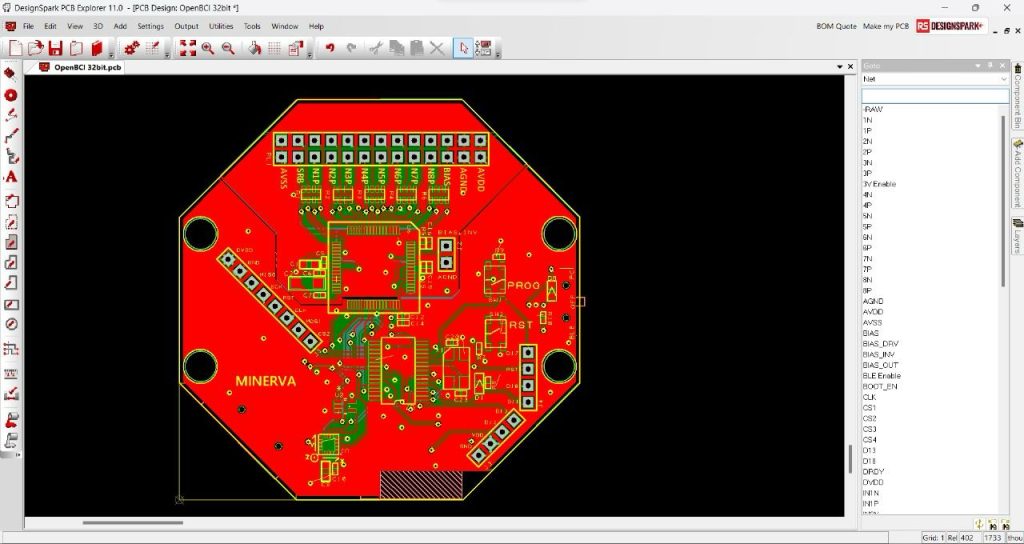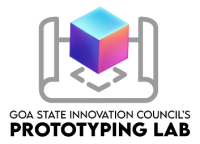Applicant Name:
Mr. Aryan Kotru
Mr. Jeremy Gilbert
Mr. Daron Pereira
Contact No: +917709252200
Contact Email: jeremygilbert511@gmail.com
Project Objective:
Brain-Computer Interface (BCI) used in Gaming faces challenges in terms of efficiency and performance. The BCI design needs to meet the four important criteria: cost-efficient, responsive, easy to maintain, and non-invasive. These challenges may be addressed through the means of hybrid machine learning techniques.
Abstract:
This project presents a novel approach for non-invasive, brain-computer interaction using signals acquired from an end user. My contribution to the project lies in both the Machine Learning and Game Development aspects.
The project will use a Brain-Computer Interface to acquire P300 signals and mu rhythms, and these signals will then be digitized and denoised using hardware. This will be used as a raw input for a machine learning model and will be further denoised and amplified, and then feature extraction will be performed to gain a feature vector.
This feature vector is passed onto a Siamese Network, to calculate which signal in the dataset the input signal is closest to. With this approach, even with limited training data, the model is able to classify signals more accurately, because it is able to calculate how similar a signal is to a reference point and give an output. This allows for faster signal processing and more efficient learning without gargantuan datasets needed for training and validation. The machine learning model can more accurately interpret the signals and predict user actions to generate corresponding outputs without the user ever touching an input device.
This project also aims to develop a video game that seamlessly integrates with and masks the limitations of BCI technologies. Once a definitive input is gained, the system will pass it on to this video game. This video game will be a narrative-based game, developed using a game engine like Unity/Unreal Engine. The assets for the game will be a combination of handmade and generic assets, so as to maximize efficiency in development while still ensuring quality, while all the game mechanics will be coded by us.
This innovative approach opens up new possibilities for human-computer interaction, offering an intuitive and efficient means of control. By using P300 signals along with mu rhythms, and using machine learning for signal processing, feature extraction and signal classification, the system is able maximize efficiency, functionality and provides a seamless and immersive user experience.
Project Outcome/result/findings:
Innovative Approach:
